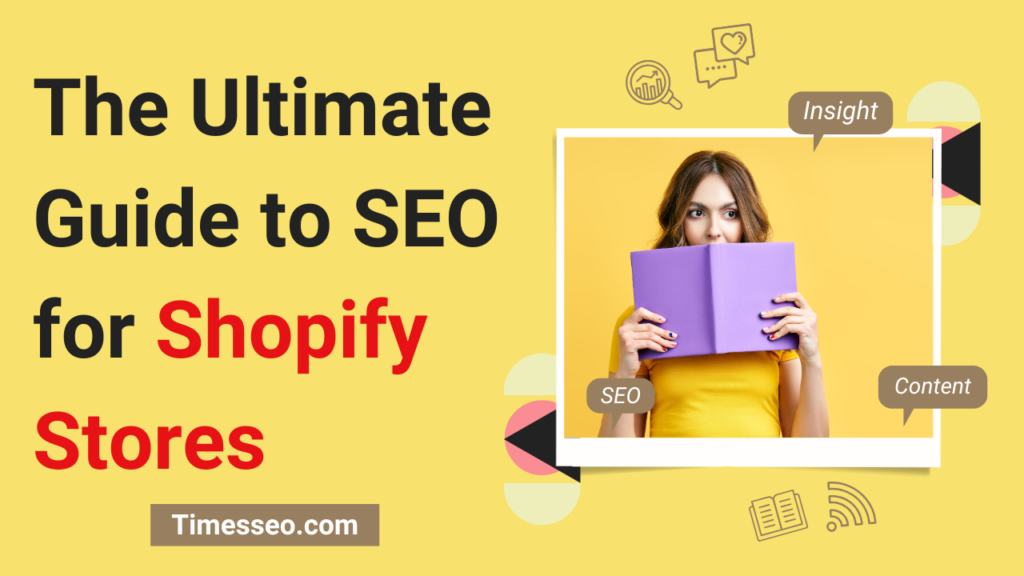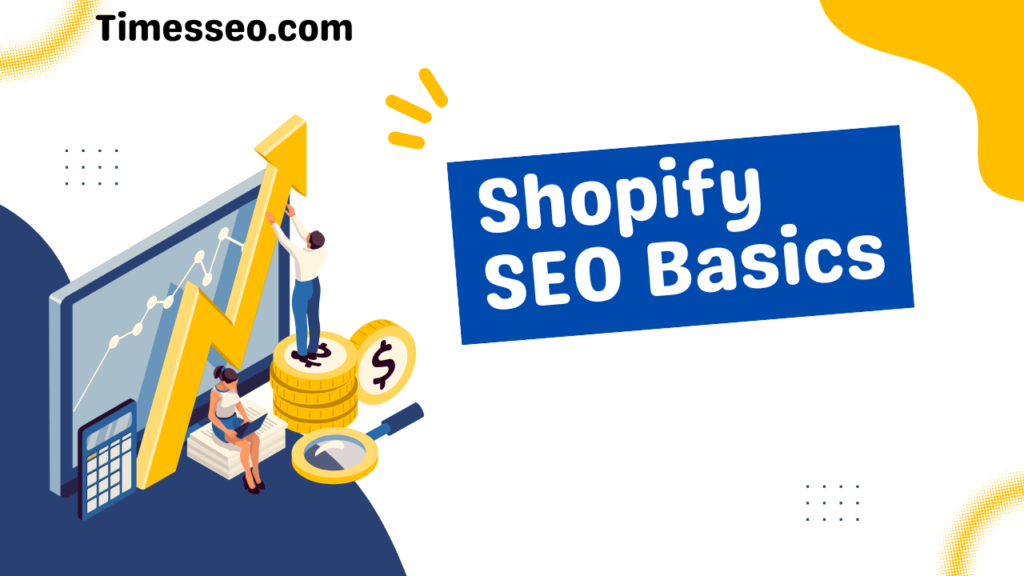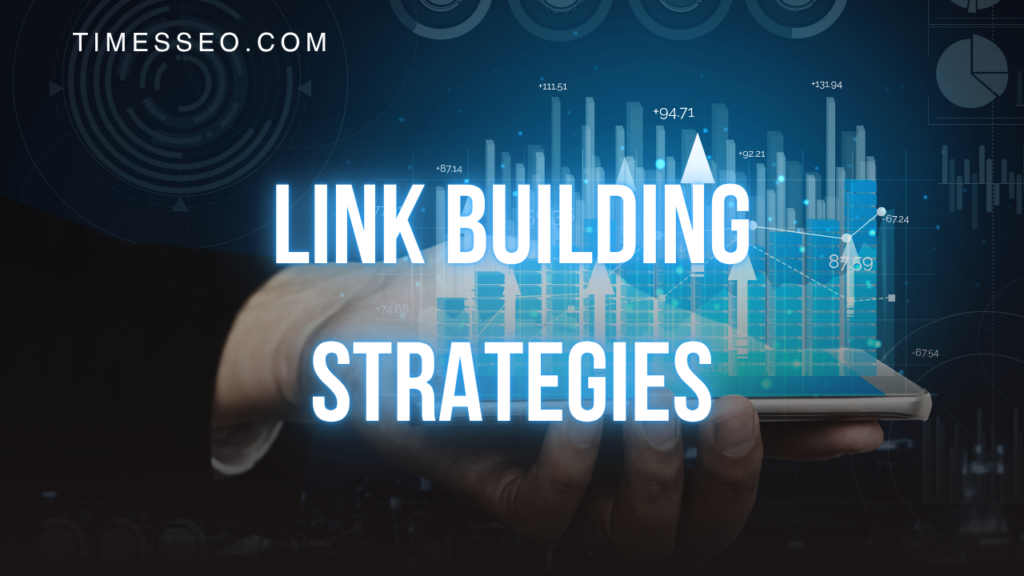
The Ultimate Guide to SEO for Shopify Stores
Dive into “The Ultimate Guide to SEO for Shopify Stores” and learn everything you need to boost your store’s visibility and drive organic traffic. This comprehensive guide covers keyword research, on-page optimization, technical SEO, blogging, and more—tailored specifically for Shopify users. Perfect for beginners and pros alike looking to master SEO for Shopify stores and increase sales through smarter search strategies.
Table of Contents
Introduction
Running a Shopify store and wondering why your products aren’t showing up on Google? You’re not alone. Shopify makes it super easy to set up an online store—but getting it to rank takes more than a sleek design. That’s where SEO for Shopify stores comes in.
Let’s break it down in plain English and turn your Shopify site into a traffic magnet.
Shopify SEO Basics
What is Shopify SEO?
Shopify SEO refers to the process of optimizing your Shopify store to appear higher in search engine results. It includes everything from backlinks and site structure to keywords and product pages.
Built-In SEO Features of Shopify
- Shopify has some solid SEO foundations:
- Editable title tags and meta descriptions
- Auto-generated sitemaps
- Mobile-friendly templates
- HTTPS security
- But it needs fine-tuning to get real results
Keyword Research for Shopify SEO
How to Find Keywords for Your Products
Think like your customer. What would you search if you wanted your product?
Use “portable Bluetooth speaker with bass” in place of “Bluetooth speaker,” for instance.
Best Tools for Shopify Keyword Research
- Google Keyword Planner
- Ubersuggest
- SEMrush
- Ahrefs
- AnswerThePublic
Long-Tail Keywords vs. Short-Tail Keywords
Short-tail: “headphones”
Long-tail: “wireless noise-canceling headphones under 200”
Long-tail = better chances of ranking and more buyer intent.
On-Page SEO Optimization
Optimizing Product Titles and Descriptions
Include your main keyword naturally.
Example: Instead of “Cool Shirt,” use “Men’s Black Cotton T-Shirt – Slim Fit.”
Image Optimization for Product Pages
Large images slow down your site. Resize and compress before uploading.
Using ALT Tags and Descriptive Filenames
ALT tags = image descriptions for search engines.
Filename example: black-cotton-shirt.jpg instead of IMG_2234.jpg
Meta Titles and Meta Descriptions
These are what people see on Google. Make them:
- Relevant
- Keyword-rich
- Click-worthy
Technical SEO for Shopify Stores
Site Speed Optimization
A slow site kills conversions and rankings.
Tips:
- Use lightweight themes
- Compress images
- Minimize JavaScript
Mobile Responsiveness
Google loves mobile-friendly sites.
Check your site on multiple devices regularly.
Fixing Broken Links and 404 Errors
Use tools like Screaming Frog or Ahrefs to find and fix broken links.
Creating Clean URLs
Messy URL: yourstore.com/products?id=12345
Clean URL: yourstore.com/products/wireless-headphones
Content Marketing and Blogging
Blogging for Shopify SEO
Blogs attract organic traffic. Plus, they keep your site fresh for Google.
Content Ideas That Convert
- Product comparisons
- How-to guides
- Industry news
- Gift guides
- Customer stories
Internal Linking Structure
Link to product pages within blog posts. It helps users and boosts SEO.
Example:
In our guide to summer outfits, check out this lightweight linen shirt.
Link Building Strategies
Register Procedure
Backlink Opportunities for Ecommerce
High-quality backlinks = SEO gold.
Try:
- Getting listed on directories
- Writing guest posts
- Partnering with influencers
Influencer Outreach and Guest Posts
Send free samples to influencers in exchange for product reviews or backlinks.
Apps and Tools to Boost SEO on Shopify
Top SEO Apps for Shopify
- Plug in SEO
- SEO Manager
- Smart SEO
- JSON‑LD for SEO
Analytics and Tracking Tools
- Google Analytics
- Google Search Console
- Hotjar (for user behavior insights)
Schema Markup and Rich Snippets
Adding Structured Data for Products
Use JSON-LD to tell Google about:
- Product name
- Price
- Ratings
- Availability
Local SEO for Shopify Stores
Optimizing for Local Search
If you have a physical store:
- Add location keywords
- Use local schema
- Include a store locator
Google Business Profile and Local Citations
Set up and verify your Google Business Profile.
List your store on local directories like Yelp, Yellow Pages, and Bing Places.
Monitoring and Measuring Your SEO Performance
Using Google Search Console and Analytics
Track impressions, clicks, and ranking positions over time.
SEO Audit Tips for Shopify Stores
- Use tools like Ahrefs, Screaming Frog, or Sitebulb
- Check for duplicate content
- Monitor keyword performance
Common SEO Mistakes to Avoid on Shopify
- Ignoring image optimization
- Keyword stuffing
- Duplicate meta tags
- Not using internal links
- Poor mobile usability
- Thin content on product pages
Conclusion
If you’ve made it this far, you’re already ahead of the game. Shopify might be a plug-and-play platform, but SEO for Shopify stores takes planning and effort. With the right strategies—from keywords and content to site structure and speed—you’ll start seeing better traffic, higher rankings, and more sales.
Don’t just build a store—build a search engine magnet. Your products deserve to be found!
Frequently Asked Questions
Yes, Shopify has solid SEO features out of the box, but to truly rank well, you need to optimize content, structure, speed, and more.
Usually, it takes 3 to 6 months to see noticeable results, depending on competition and how well you optimize.
Absolutely. Apps help, but manual optimization of content, meta tags, and structure can go a long way.
Popular choices include Plug in SEO, Smart SEO, and JSON-LD for SEO.
Yes! Blogging helps attract traffic, target long-tail keywords, and improve internal linking.
Table of Contents
Popular Posts
-
 Affordable Technical SEO Audit for Small Business: A Complete Guide26 Jun 2025 Blog
Affordable Technical SEO Audit for Small Business: A Complete Guide26 Jun 2025 Blog -
 How to Get an Affordable Technical SEO Audit for Small Business27 Jun 2025 Blog
How to Get an Affordable Technical SEO Audit for Small Business27 Jun 2025 Blog -
 The Ultimate Local SEO Audit Checklist for Startups28 Jun 2025 Blog
The Ultimate Local SEO Audit Checklist for Startups28 Jun 2025 Blog -
 Local SEO Audit Checklist for Startups: A Beginner’s Guide28 Jun 2025 Blog
Local SEO Audit Checklist for Startups: A Beginner’s Guide28 Jun 2025 Blog -
 Top On-Page SEO Audit Steps for Service Websites Every Business Should Know29 Jun 2025 Blog
Top On-Page SEO Audit Steps for Service Websites Every Business Should Know29 Jun 2025 Blog -
 Technical SEO for WordPress: The Ultimate Beginner’s Guide01 Jul 2025 Blog
Technical SEO for WordPress: The Ultimate Beginner’s Guide01 Jul 2025 Blog -
 The Impact of On-Page SEO Audit Steps for Service Websites on UX01 Jul 2025 Blog
The Impact of On-Page SEO Audit Steps for Service Websites on UX01 Jul 2025 Blog -
 Technical Mobile SEO Audit Tips for Developers02 Jul 2025 Blog
Technical Mobile SEO Audit Tips for Developers02 Jul 2025 Blog -
 Complete SEO Backlink Audit Guide for Better Google Rankings03 Jul 2025 Blog
Complete SEO Backlink Audit Guide for Better Google Rankings03 Jul 2025 Blog -
 Boost Your Rankings with Technical SEO for WordPress01 Jul 2025 Blog
Boost Your Rankings with Technical SEO for WordPress01 Jul 2025 Blog






